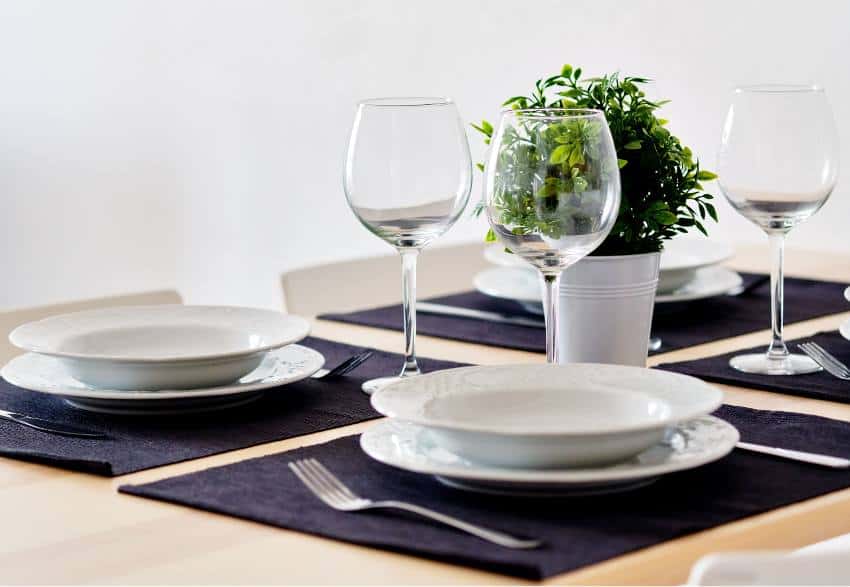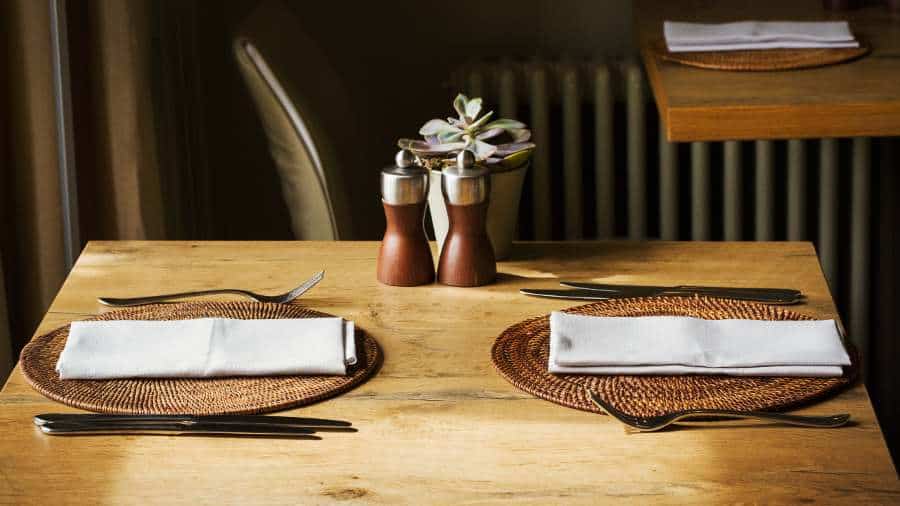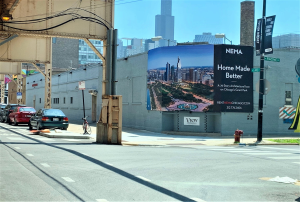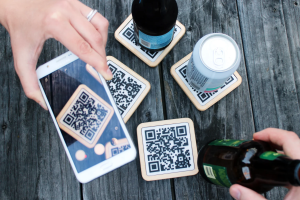Get your brand seen every mealtime. Placemat advertising puts your business directly in front of an attentive audience, generating repeated exposure seamlessly. Ideal for local businesses, restaurants, and beyond, this approach makes your ad campaign truly memorable.
With placemat and tabletop advertising, brands capture diners’ attention by placing ads on placemats or directly on table surfaces. This ambient advertising strategy leverages consumers’ relaxed state of mind, providing prolonged exposure—typically fifteen to thirty minutes or more—making it highly effective. This type of advertising is naturally less disruptive, with customers serving as a captive audience during meals.
The Process
Businesses can communicate their message in a subtle way by using branded placemats or table ads in restaurants. While waiting for their meals, customers frequently view the placemat, giving them ample time to absorb the message either consciously or subconsciously, greatly boosting both engagement and brand recall.
Calculating CPM for Placemat Advertising
To estimate the CPM (Cost Per Thousand Impressions) for placemat or tabletop advertising in restaurants, we need to consider several key assumptions and metrics. CPM, which is a standard advertising metric, indicates the cost of reaching 1,000 people.
Essential Variables for CPM Estimation
Number of Diners (Impressions)
A typical high-traffic restaurant may have between 300 and 500 customers daily, depending on factors like size, location, and popularity. To estimate the total impressions, multiply this daily foot traffic by the number of days the ad will run. If we assume a 30-day ad duration at each table, with around 3 people seated per table per exposure (15-30 minutes), the ad could garner 8-12 total views. This setup leads to an estimated range of 70,000 to 180,000 views or impressions per month per table.
Campaign Cost
Placemat advertising is generally cost-effective, ranging between $250 and $2,000 per month for each restaurant, based on restaurant size, location, and ad customization level. For our example, we’ll assume an average monthly cost of $500.
Calculating CPM: The cost per 1,000 impressions in this scenario falls between $2 and $5.
Putting CPM into Perspective
Comparison with Other OOH Advertising (source: Solomon Partners, Media Trend Report 2023)
Billboards: $5 to $20 CPM, varying by location and size.
Digital OOH (e.g., digital displays, transit ads): $15 to $35 CPM.
Advantages Compared to Traditional OOH
Extended Exposure: Unlike billboards or transit ads, restaurant patrons spend around 15-30 minutes at the table, allowing for prolonged exposure to the ad.
Enhanced Engagement: Diners are a more captive audience with fewer distractions, generally resulting in higher engagement rates than with other forms of OOH advertising.
Localized Impact: Placemat ads are especially effective for local businesses, directly reaching nearby consumers, which increases conversion potential.
Placemat Advertising Performance Metrics
Targeting: Restaurant ads are targeted by DMA or Zip Code.
Reach: Each restaurant typically has 9,000 to 15,000 visits per month.
Average Exposure: 15-30 minutes per diner.
Monthly Impressions: Between 70,000 and 180,000.
CPM: $2 to $8 per thousand impressions.
Applications of Placemat Advertising
E-commerce Stores
Example: An online clothing brand leverages placemat ads in popular cafés to advertise a limited-time sale. Customers can scan a QR code on the ad for a 15% discount on their first purchase.
Goal: Direct more traffic to the online store and encourage first-time sales.
Advantage: Provides visibility for online-only businesses in physical spaces, reaching a targeted audience.
Entertainment Venues (Theaters, Concert Halls, Sports Arenas)
Example: A local concert venue places placemat ads in nearby restaurants, promoting upcoming events. Customers who use a specific promo code can access exclusive early-bird ticket discounts.
Goal: Drive ticket sales for local performances.
Advantage: Reaches local diners likely to be interested in nearby events, offering a compelling reason to buy tickets.
These examples demonstrate how placemat and tabletop advertising can creatively support different industries in reaching local audiences, encouraging instant engagement, and driving sales. By combining physical ads with digital features like QR codes and promo codes, brands can seamlessly connect offline and online experiences for customers.
We dive deeper into the advantages of this innovative advertising approach, exploring its cost-effectiveness and how it stacks up against other media options, in our additional blog posts.







